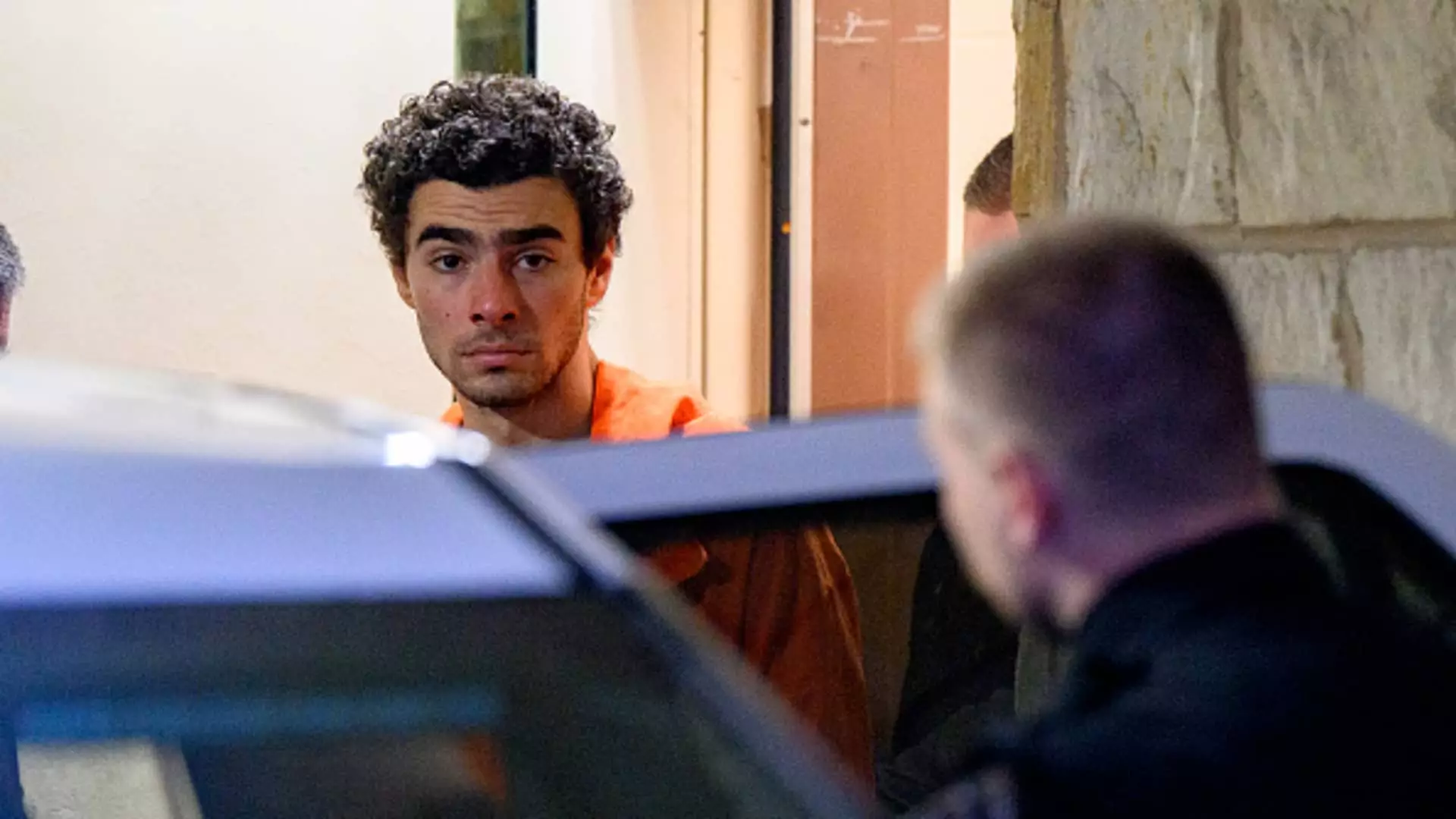The tragic assassination of Brian Thompson, CEO of United Healthcare, has ignited a legal storm surrounding the suspect, Luigi Mangione. This article delves into the intricate circumstances surrounding the murder, the implications of federal investigation, and the potential legal battles that lie ahead. As the case unfolds, a number of critical questions arise regarding the seriousness of the charges and the legal strategies employed by both the prosecution and defense.
The fatal incident occurred on December 4, when Thompson was ambushed and shot as he walked along a Manhattan sidewalk. Reflected in the nature of the attack, authorities believe that Mangione’s actions were premeditated and targeted, possibly motivated by the considerable influence and size of United Healthcare, the largest private insurer in America. The chilling details of Thompson’s assassination reveal not only the cold-blooded execution but also an alarming societal context where such motives can lead to violent actions.
Mangione, just 26 years old, has been indicted on multiple serious charges, including first-degree murder in furtherance of terrorism. This latter charge signifies the prosecution’s belief that the act served a larger purpose beyond personal vendetta—amidst growing concerns over terror-related motivations for violence in corporate and business settings. The legal definitions surrounding first-degree murder in New York specify that a culpable element must be established beyond mere intent, leading investigators to frame this killing within the broader context of intimidation and terror.
Given the intricate nature of the law, Mangione’s legal representation has already signaled its intent to contest the severity of these charges. Attorney Karen Friedman Agnifilo highlighted potential double jeopardy issues, questioning the appropriateness of layering federal charges onto an already significant state case. Such considerations illuminate not just the legal technicalities but raise fundamental questions about justice and the legal system’s capacity to manage complex cases of this nature.
The prospect of federal charges complicates an already convoluted judicial process. If the Southern District of New York opts to intervene, it could create a jurisdictional tug-of-war, especially since state charges appear to hold priority. The implications of managing a murder case under both federal and state laws could lead to unprecedented legal challenges. Observers are keenly interested in how issues such as extradition will factor into Mangione’s proceedings, particularly given his current detention and plans to resist moving to New York.
This duality of jurisdiction not only raises possibilities for a protracted legal battle but also signifies a calculated approach by federal authorities to define the attack on Thompson as a case of terrorism. Such labeling carries heavy repercussions, resulting in severe penalties that could amount to life imprisonment without the possibility of parole if Mangione is found guilty.
As the case unfolds, its ramifications extend beyond the courtroom into broader societal implications. The shocking nature of the crime and its targeting of a high-profile corporate leader prompt an analysis of how business environments can become battlegrounds for terror and violence. The potential normalization of such targeted assaults raises pressing ethical questions about the safety of executives and the security measures corporations may implement for their leaders.
Additionally, the way this situation has been portrayed in the media shines a spotlight on society’s fears surrounding corporate power and an increasing sense of vulnerability among influential figures. Will this incident serve as a wake-up call for additional protective measures in the corporate sector, and how might it reshape the landscape of corporate leadership in the face of increasing social unrest?
The case against Luigi Mangione following the death of Brian Thompson encapsulates the complexities of modern law enforcement, corporate dynamics, and societal fears about violence. As procedural nuances surface and the legal strategies unfold, key players in this saga will face significant scrutiny. The legal battles ahead will undoubtedly challenge existing norms within both federal and state judiciary systems, and society will watch closely as the trial not only seeks justice for an individual loss but also attempts to grapple with the wider implications of this tragic event.

